Curriculum
Teachers and parents both play key roles in student education at St. Aloysius Gonzaga School. We strive to work collaboratively in the best interest of each student within the framework of our curriculum.
Our curriculum, as in all Catholic schools of the Archdiocese of Cincinnati, meets or surpasses the minimum standards specified for such programs by the Ohio Department of Education. Growing Together: A Graded Course of Study for elementary schools in the Archdiocese of Cincinnati provides our school with identifiable and measurable objectives in Reading, Writing, Math, Science, Social Studies, and Religion. We also have content objectives in Technology (computers).

Religious Education
Parents are the first and most important models of faith, moral principles and values. St. Al’s exists to assist parents in this role. For this reason, religious education is in no way limited to formal classroom instruction; our Catholic faith permeates the school day. Catholic educators do more than convey knowledge to their students, they plant the seeds of Christian values that students need to put wisdom into action. Our teachers strive to educate the minds, hearts and hands of their students.
The curriculum of our Catholic school reflects a Catholic Christian philosophy and all students attending St. Al’s School participate in the Catholic religious education program. Non-Catholic students participate in all religion classes and exercises with the exception of the reception of the Sacraments.

Primary Grades (K - 2)
During a student’s first years at St. Al’s, our curriculum focuses on the joy of learning primarily through Reading. Our primary students are introduced to all elementary subject areas (listed above) as well as have opportunities to explore with age-appropriate use of technologies.
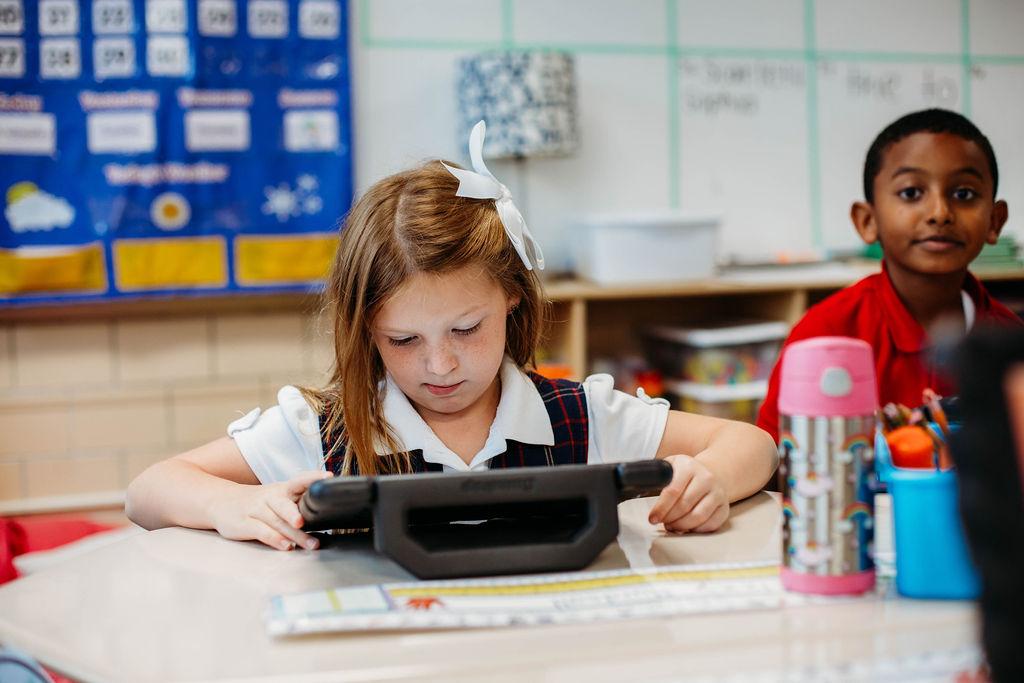

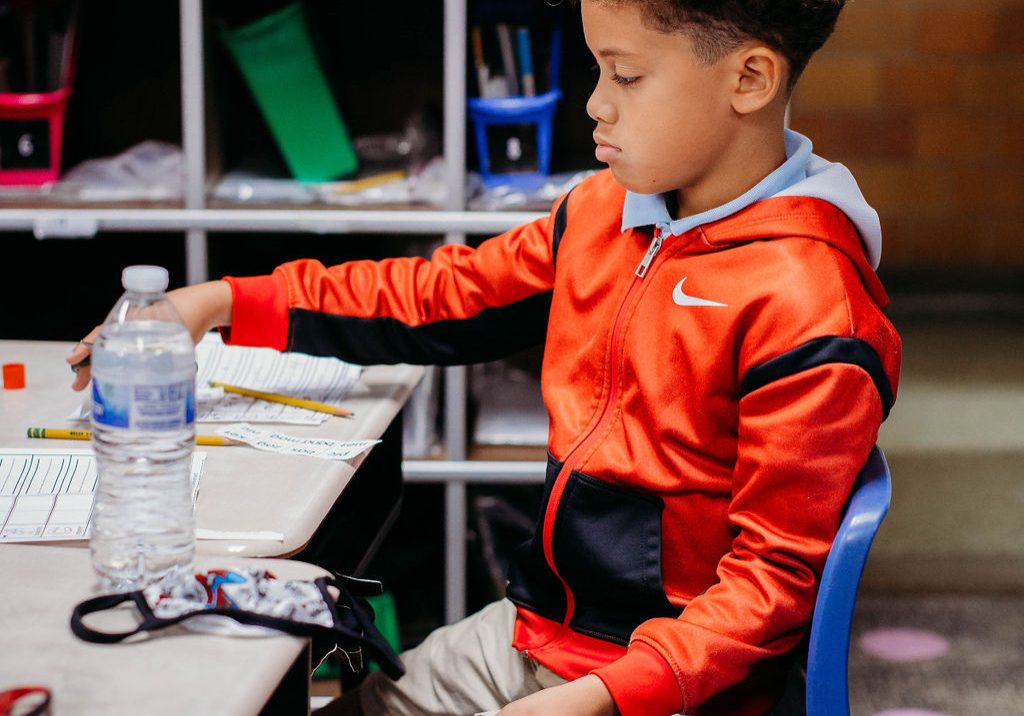
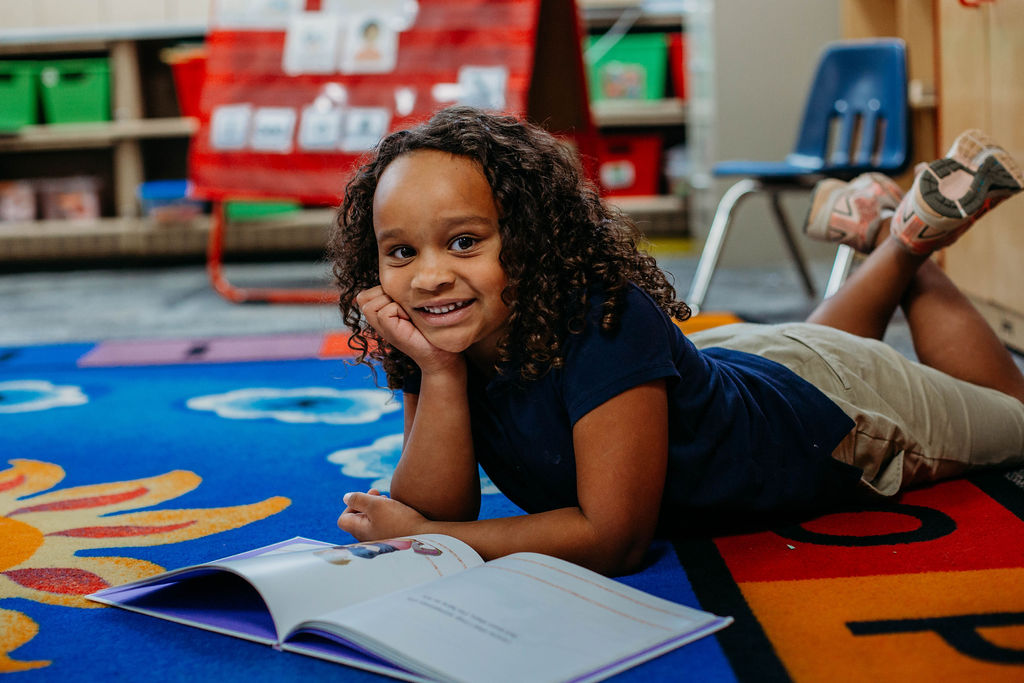
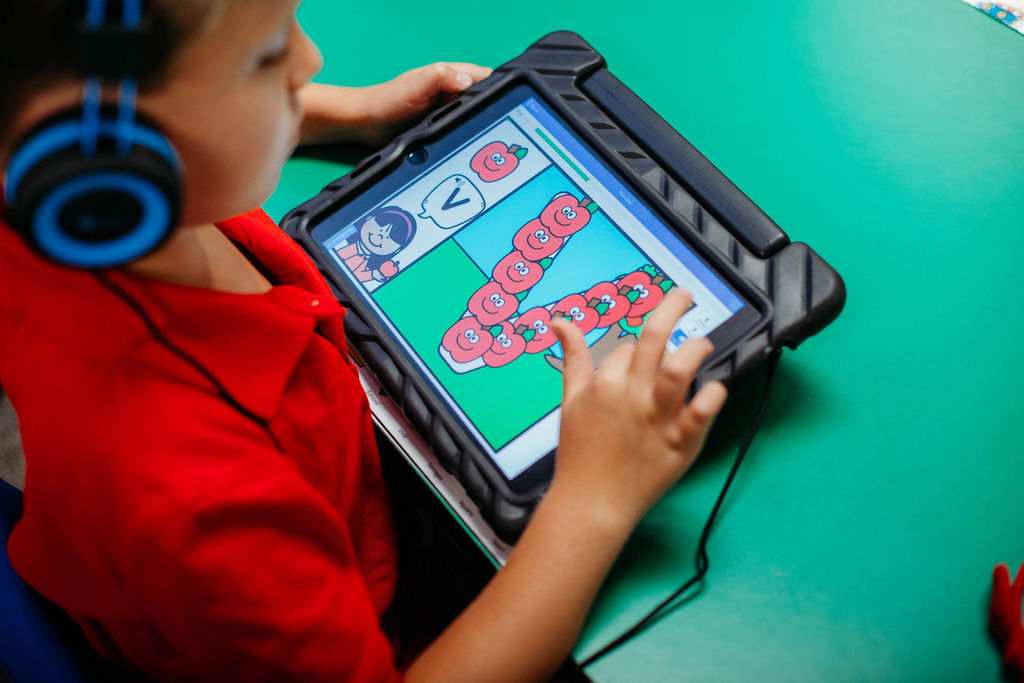
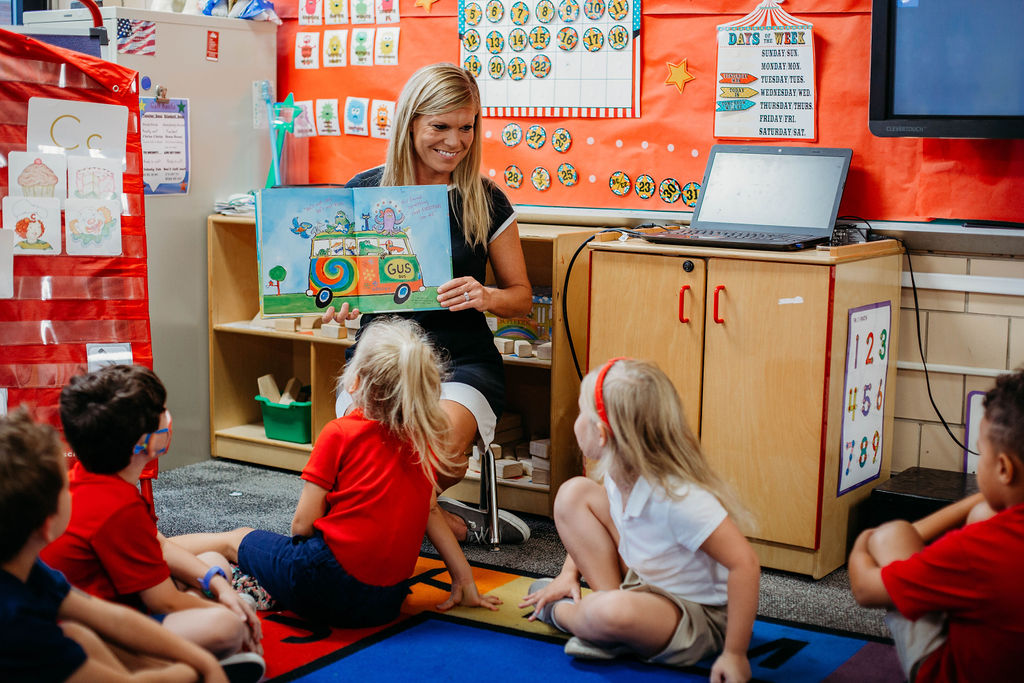
Middle / Intermediate (3 - 5)
In the middle grades, we nurture the students’ development of self-discipline and the formation of valuable study skills. These characteristics, fostered in the classroom through instruction and learning, are intended to enable and encourage the child to appreciate knowledge, exploration, inquiry, problem-solving, and their applications in the world.

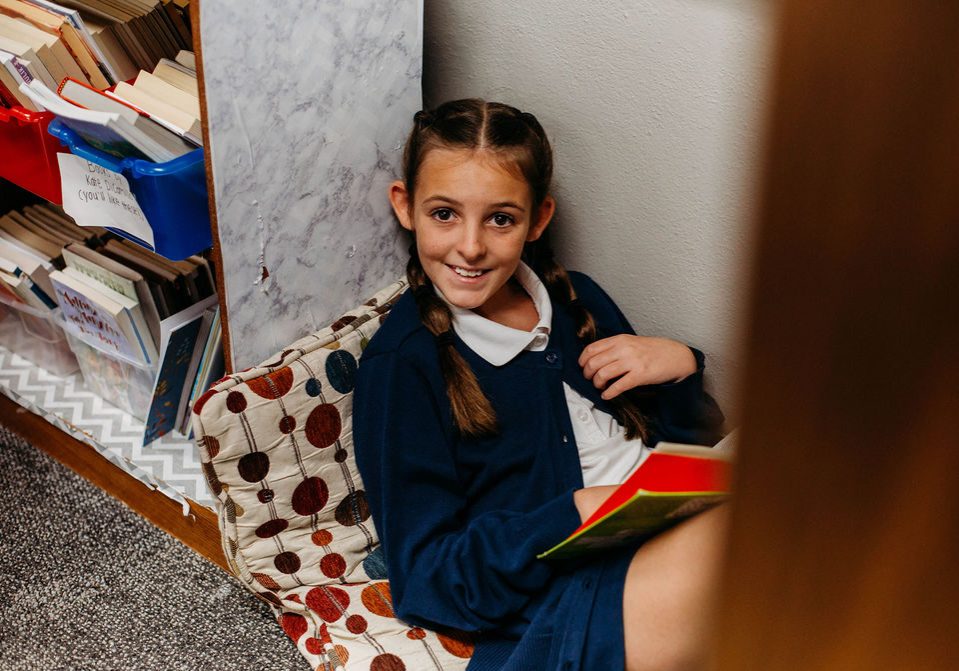

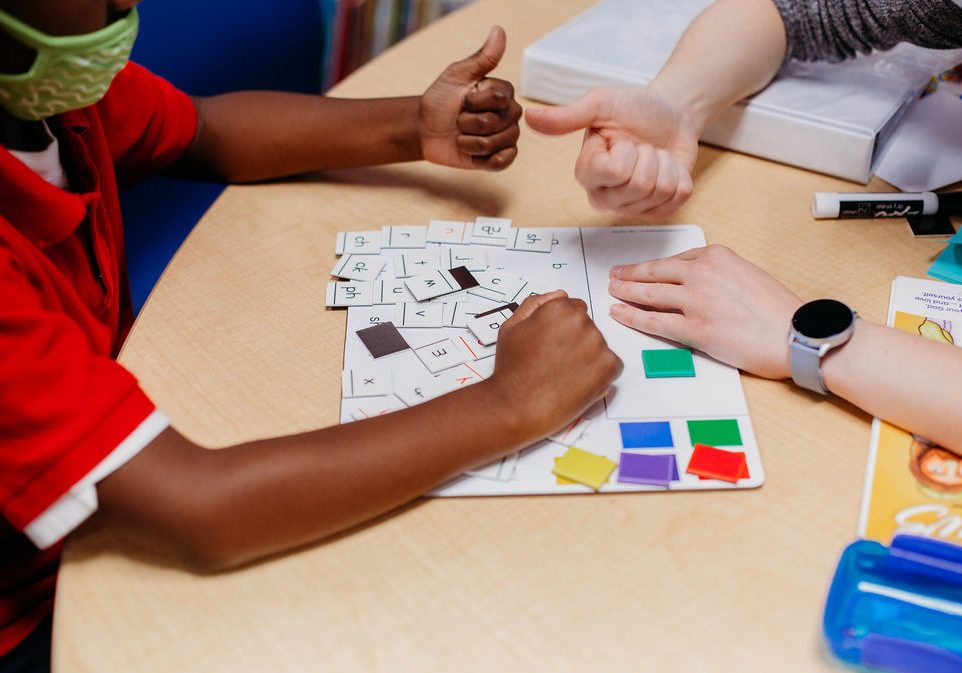

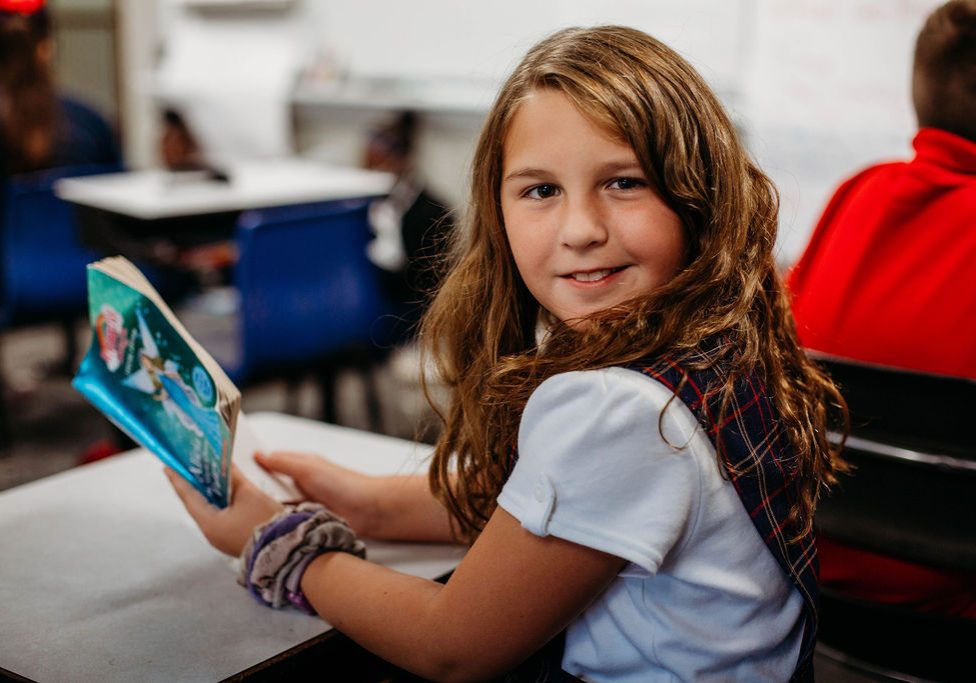
Junior High (6 - 8)
In the junior high program, students are immersed in the content. Making use of all that came before, these students are challenged to analyze information, to synthesize solutions, and to use information to acquire new information. In the classroom and via the Web, we empower our junior high students to see beyond the classroom. Our graduates continually report that they are well-prepared to accept the rigors of high-school academia. We think that is because – from a cognitive viewpoint – they’ve already been there.

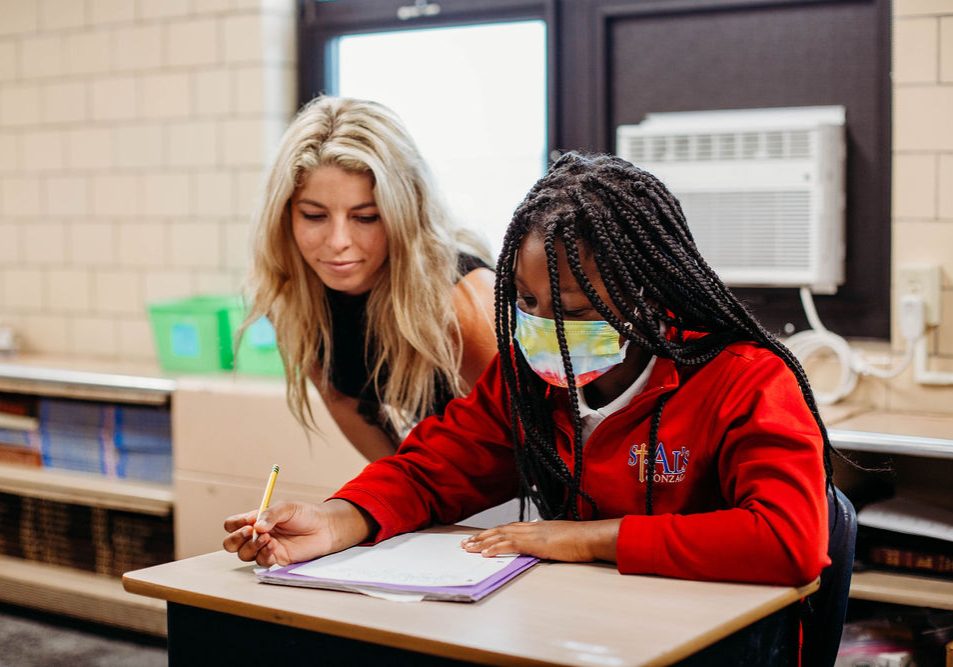


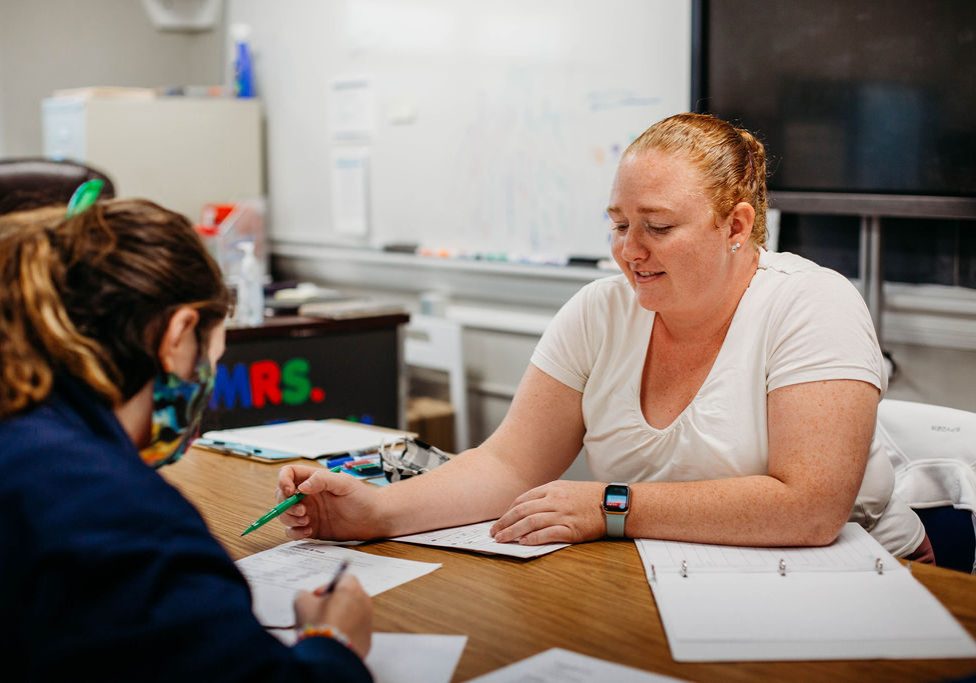

Standardized Testing & Other Learning Measures
Beginning the 23-24 school year, St. Aloysius will use i-Ready assessment testing.
The i-Ready Assessment suite is an online assessment program that illuminates student learning through research-backed measures of performance, including adaptive Diagnostic, Growth Monitoring, and Standards Mastery. With i-Ready Assessment, educators can:
- Pinpoint students’ strengths and what they need to work on to reach (or exceed) grade level proficiency
- Access an easy-to-use dashboard and robust reports to monitor student growth and inform instruction
- Seamlessly connect assessment results to i-Ready Learning instructional resources
This assessment aligns to the standards written at each grade level within the Archdiocese of Cincinnati Graded Course of Study for Mathematics and ELA.
It also provides a complete picture of student performance and growth and offers actionable insights to inform instruction, such as: Adaptive Diagnostics (Gr. K-12), Tools for Instructions (Gr. K-8), Standards Mastery (Gr. 2-8), Assessment of Oral Reading Fluency (Gr. 1-6), Early Reading Tasks (Gr. K-3), Dyslexia Screener (Gr. K-3)
Find out more about i-Ready here.
With the Archdiocese, we also examine Writing Samples of each of our third, fifth and seventh grade students to monitor proficiency in writing skills. Our students consistently demonstrate average or better proficiency when looking at all Archdiocesan schools at these grade levels. Finally, we are setting our sights on internally monitoring improvement in student learning through the use of common assessments in writing and other subjects as well. These measures help guide our school staff as we seek to enable students of all abilities. It also assures parents that our program is of value to their children – now – and for life.

